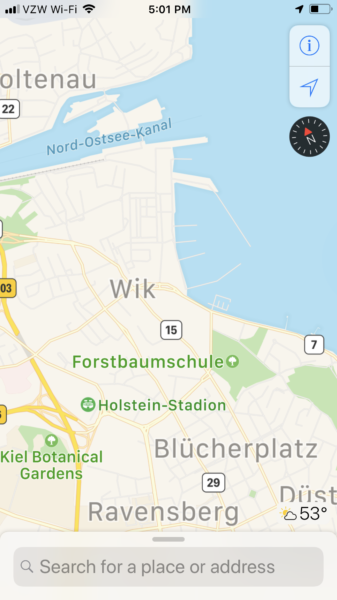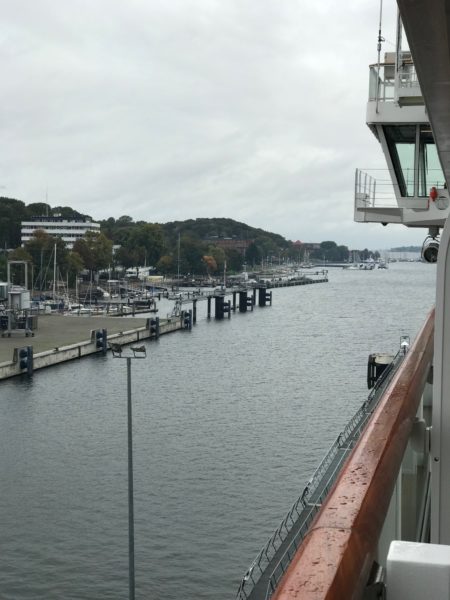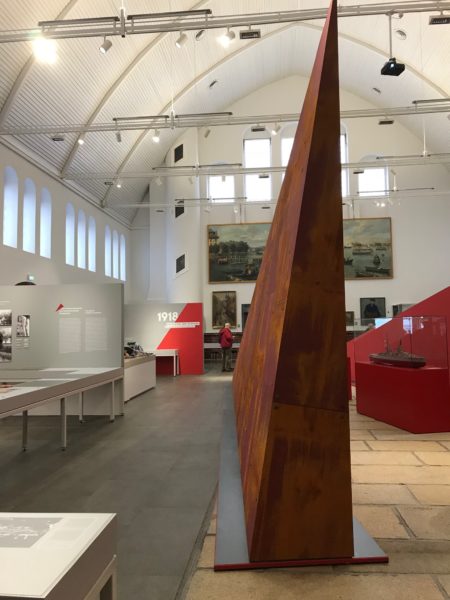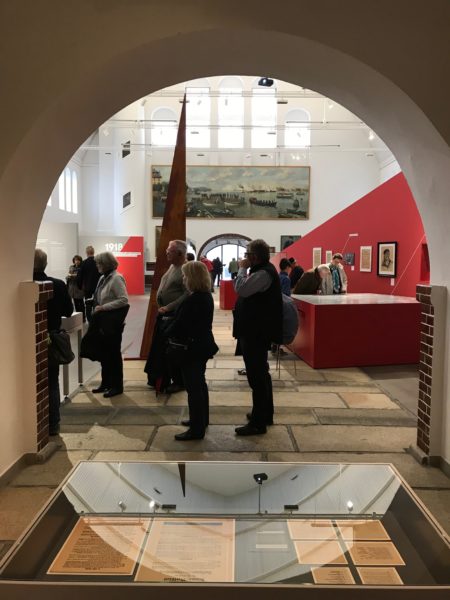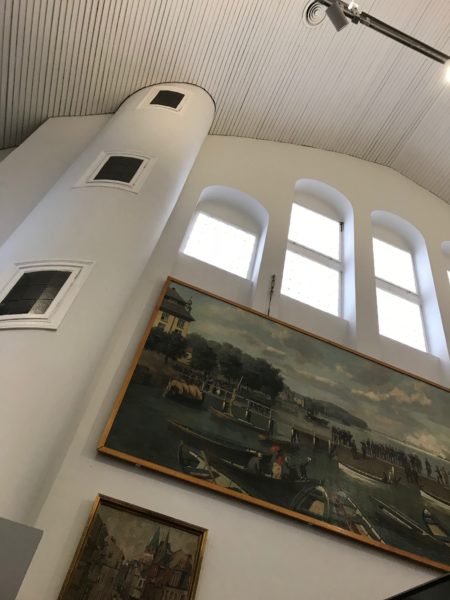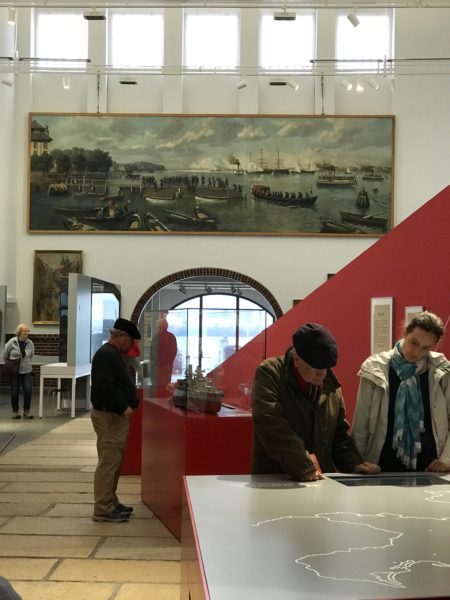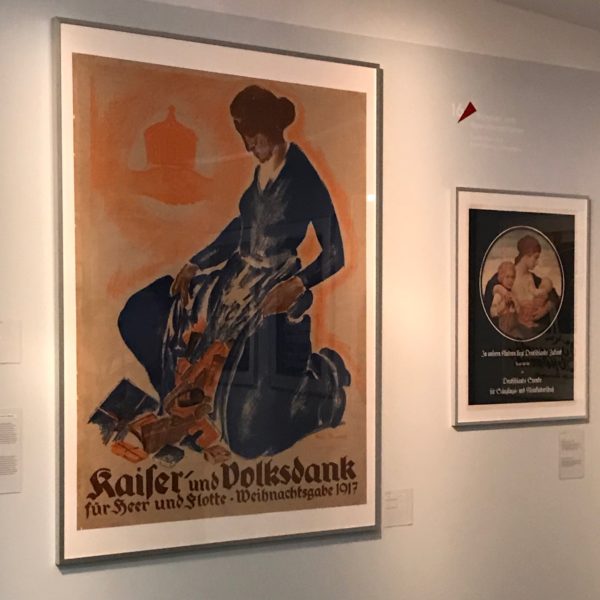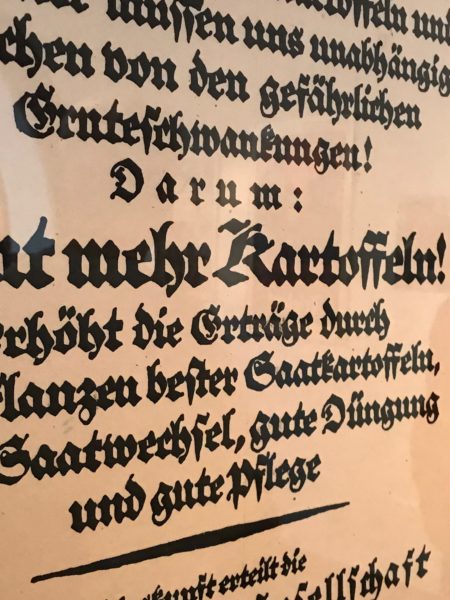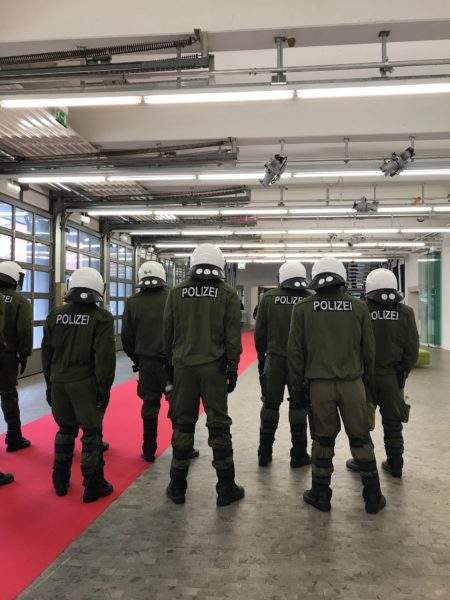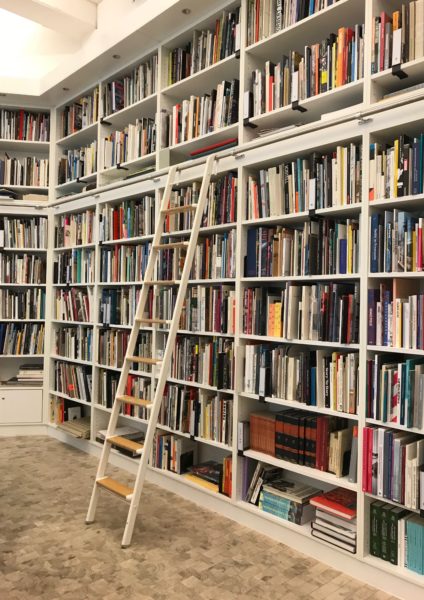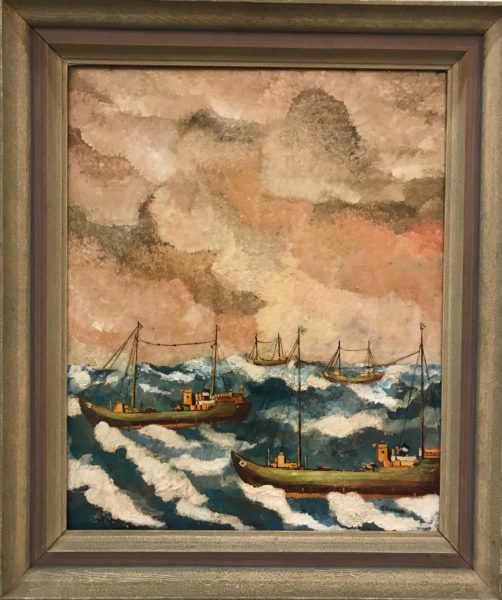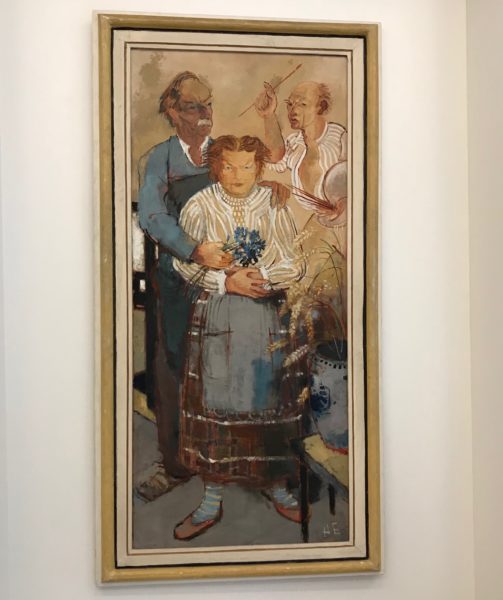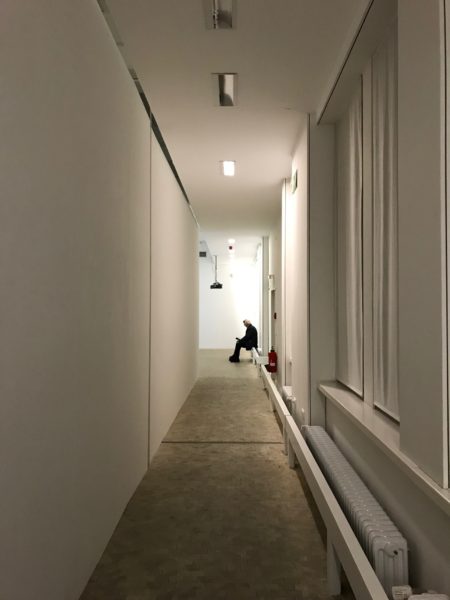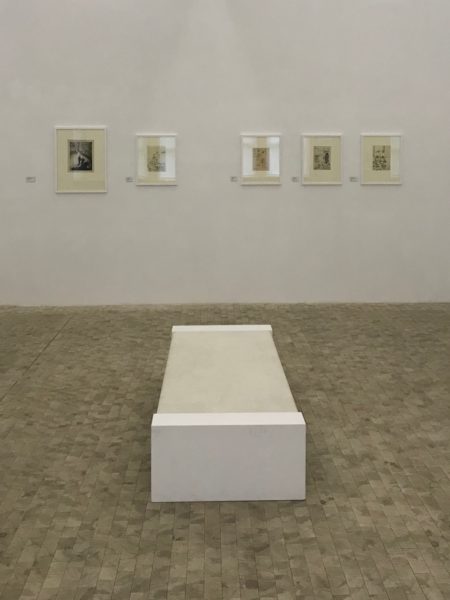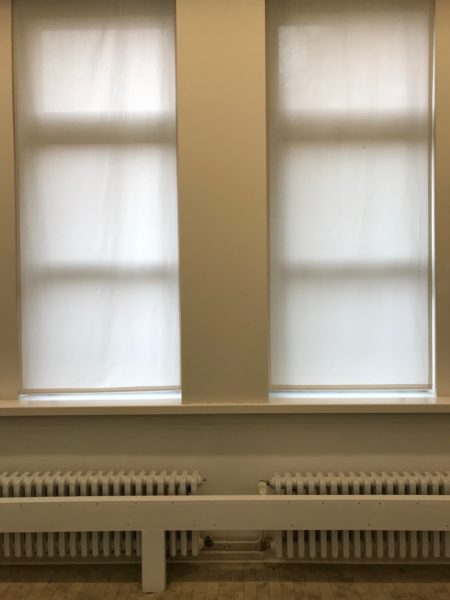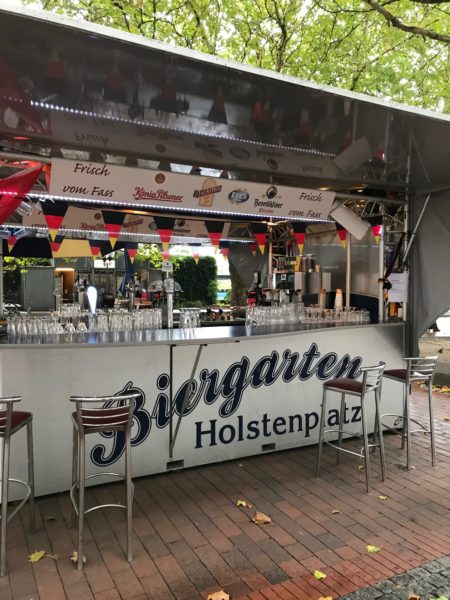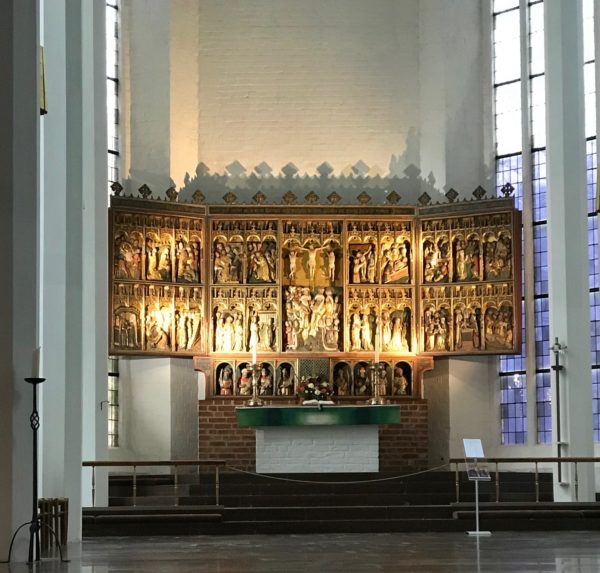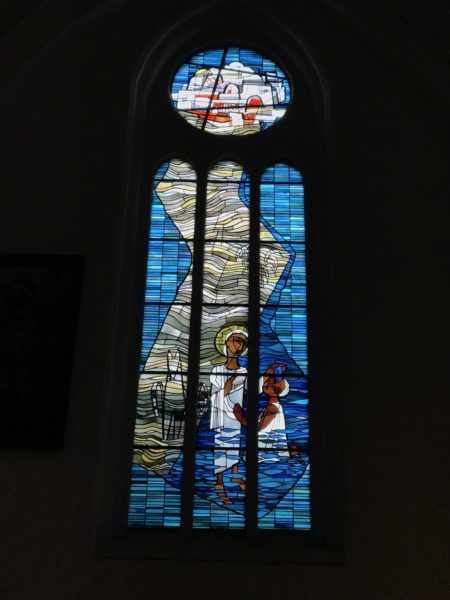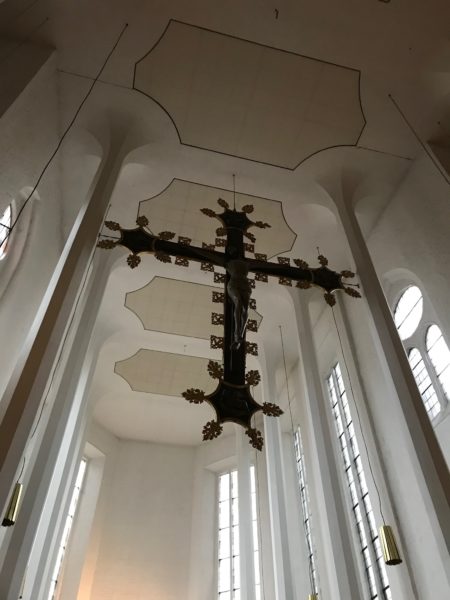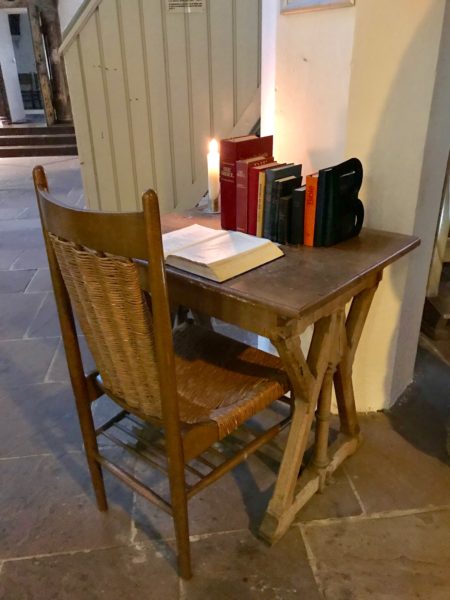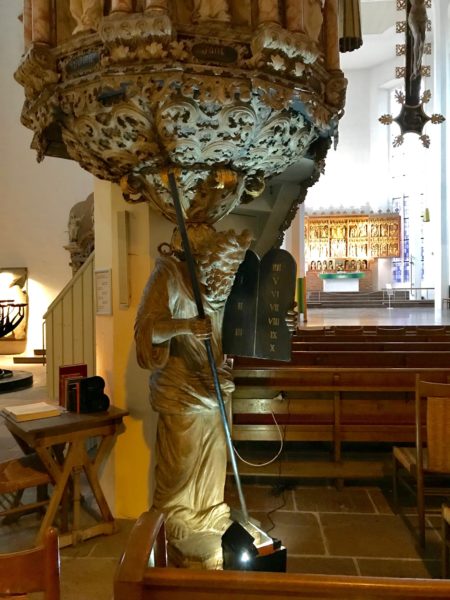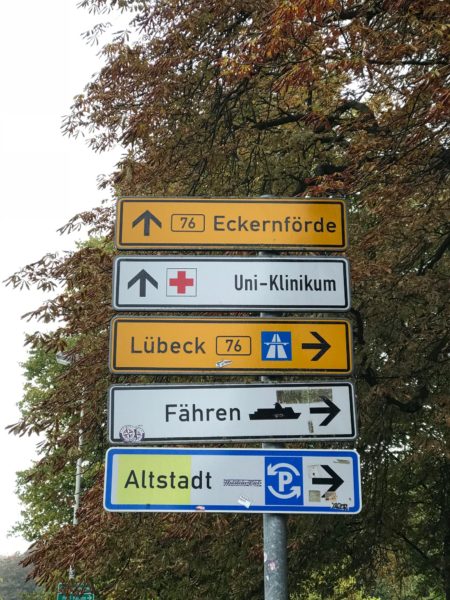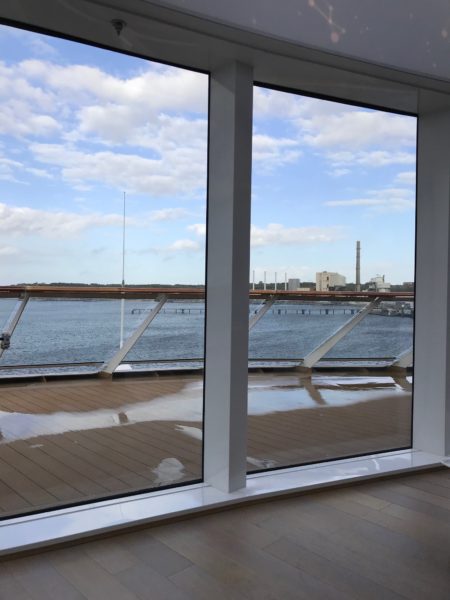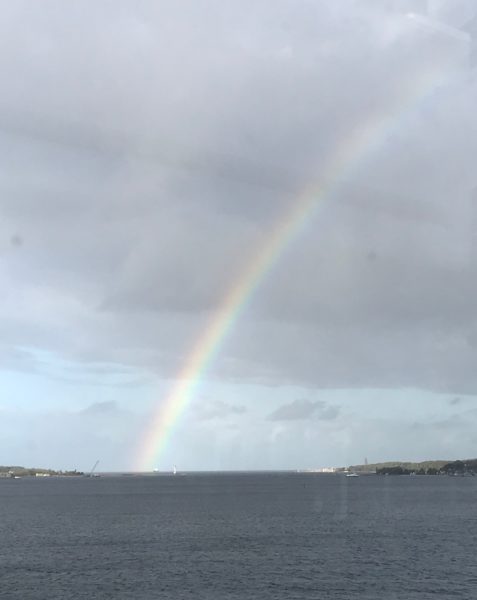https://www.petwantsclt.com/petwants-charlotte-ingredients/ 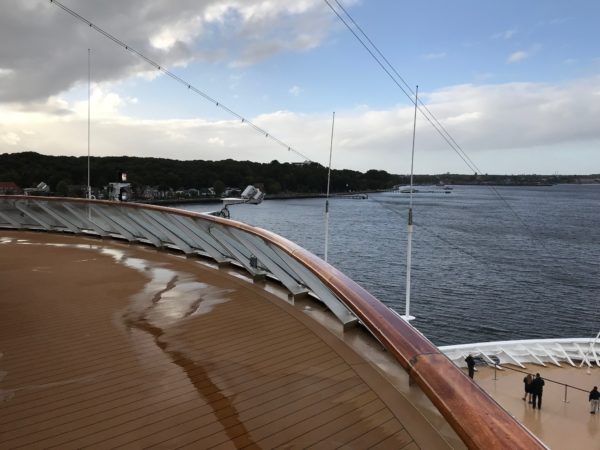
https://www.petwantsclt.com/petwants-charlotte-ingredients/ From my journal dictated October 2, 2018 19:00
The plan was to set sail and enter the Kiel Canal around 4 PM. However, due to strong winds, the ship had to wait for a tug escort, thus we were delayed by several hours. Still, it was enjoyable sitting on the Explorers Lounge, watching both the people waiting with anticipation and nearby ships plying the choppy waters.
https://www.petwantsclt.com/petwants-charlotte-ingredients/ We were scheduled to travel through the Kiel Canal all night long and reach Hamburg around noon. The 62-mile-long Kiel Canal links the North Sea and the Baltic Sea. More than 30,000 ships pass through the canal every year and it is ranked as one of the world’s busiest artificial waterways.
If you like facts and figures, this information about the Kiel Canal from the Encyclopedia Britannica is perfect:
Kiel Canal, also known as the Nord-Ostsee-Kanal (North Sea–Baltic Sea Canal) is a waterway in northern Germany, extending eastward for 61 miles from Brunsbüttelkoog (on the North Sea, at the mouth of the Elbe River) to Holtenau (at Kiel Harbour on the Baltic Sea). The canal has been enlarged twice and is now 526 feet wide and 37 feet deep and is spanned by seven high-level bridges that have about 140 feet of clearance for ships beneath them. The locks are 146 feet wide by 1,072 feet long. The canal constitutes the safest, most convenient, shortest, and cheapest shipping route between the two seas.
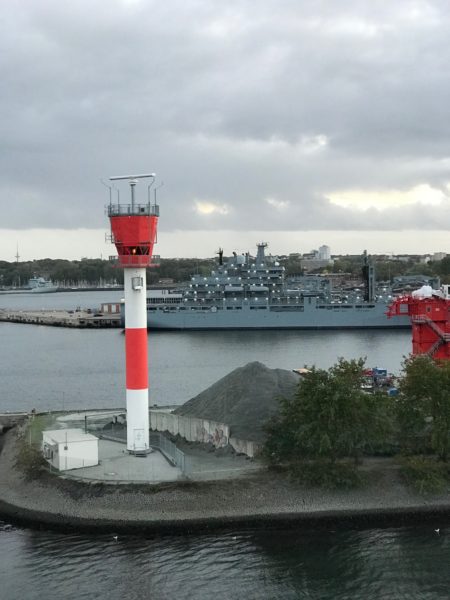
Here is Kiel Harbor on the Baltic Sea and the begining of the canal.
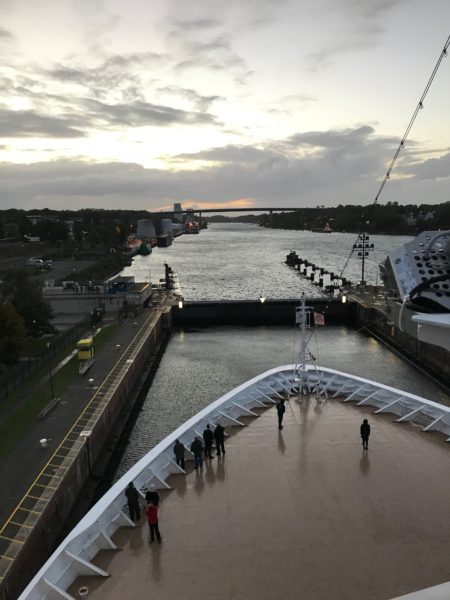
And here is the bow of the ship, nosing her way into the locks. The Viking Sky is 745 feet long with a beam of 94.5 feet so it was an easy fit inside the locks, but with the winds pushing us around it felt like we were much closer to the sides of the locks than in actuality.
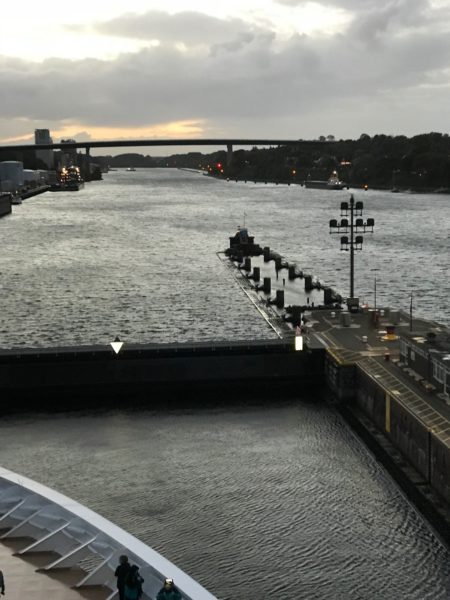
Once we were inside the locks, the front gates slid into the side walls and we were free to pass.
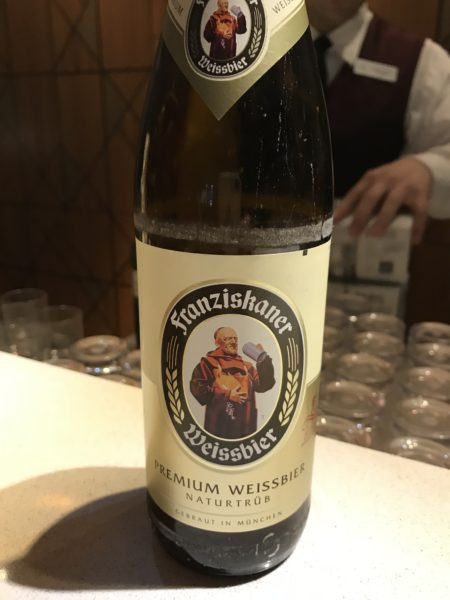
After that sailing highlight, it was time for an eating/drinking highlight — the buffet offered a variety of German beers and German food including bratwurst. It felt almost like being back in Wisconsin!
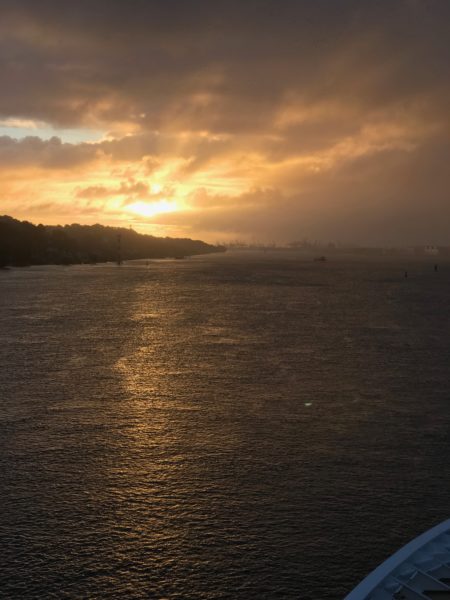
And of course, the obligatory picture of setting sun, this one taken as we cruised through the Kiel Canal.
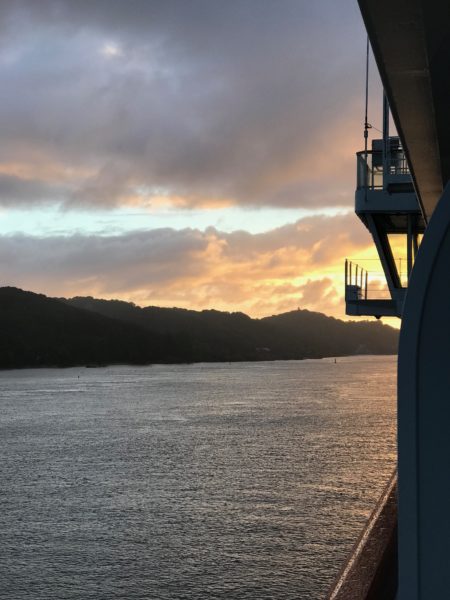
And here’s the sunrise, twelve hours later.
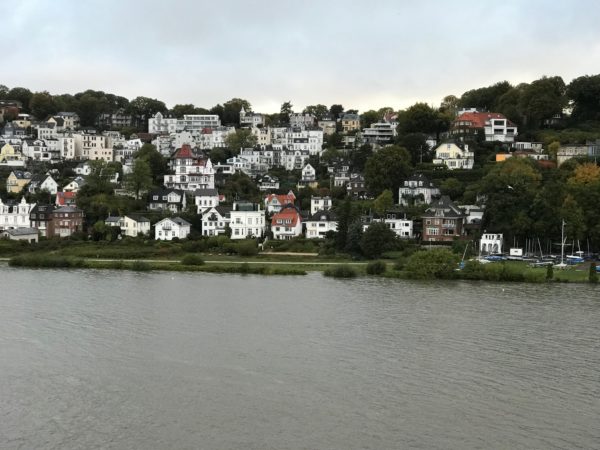
I was awake in time to see the ship exiting the locks at Brunsbüttelkoog and then we sailed the Elbe River making our way to Hamburg. We passed small towns with rows of terraced houses and views of the river. We arrived in Hamburg about noon.
